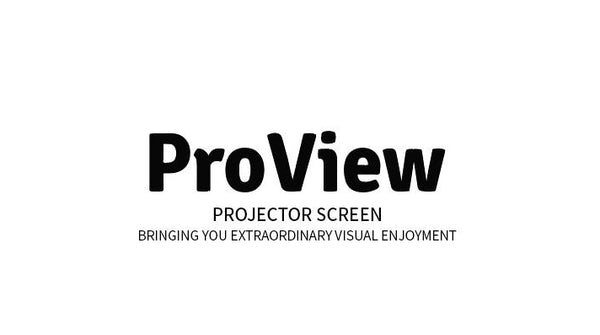HOW DO PROJECTOR SCREEN WORK?
There are various types of projector screens available, but they all operate on the same fundamental principle. The screen surface is composed of a reflective material designed to direct light from a projector back toward the audience. This material can be made from different substances, such as vinyl, glass beads, or fabric.
When the projector's light hits the screen, it reflects back toward the audience. The amount of reflected light depends on several factors, including the type of reflective material, the projector's angle, and the ambient light in the room. The key is the projector's lumens.
The lumens of a projector directly affect the brightness and clarity of the colors projected onto the screen. Higher lumens mean more light is emitted, resulting in brighter and more vibrant colors. This is especially important in rooms with higher ambient light, where lower-lumen projectors may struggle to produce clear images, leading to washed-out or dull colors. On the other hand, in darker rooms, a projector with moderate lumens can still deliver vivid colors and a sharp image. Therefore, choosing a projector with the appropriate lumens for your viewing environment is crucial to achieving the best visual experience.
